Sebastian Bujwid
An analysis of over-sampling labeled data in semi-supervised learning with FixMatch
Jan 03, 2022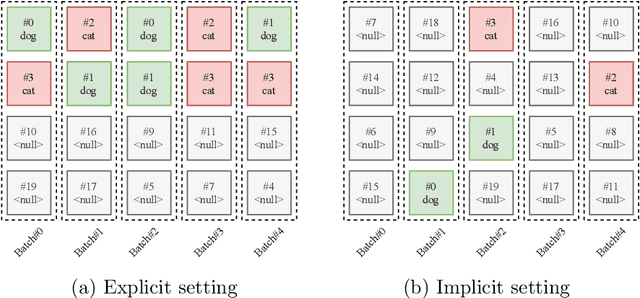
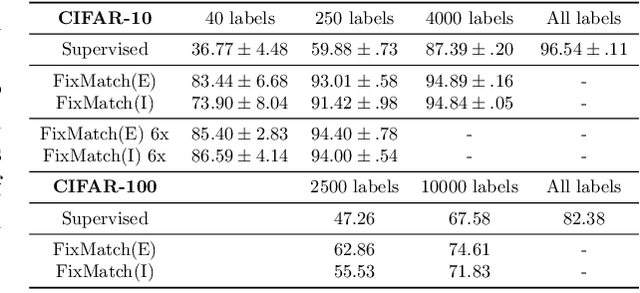
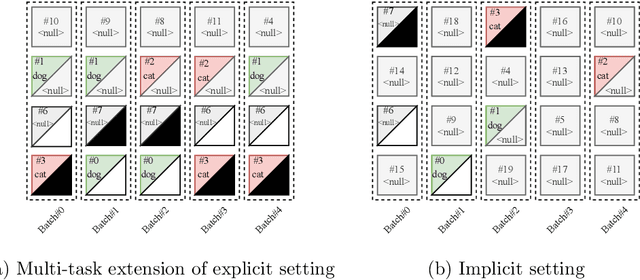

Abstract:Most semi-supervised learning methods over-sample labeled data when constructing training mini-batches. This paper studies whether this common practice improves learning and how. We compare it to an alternative setting where each mini-batch is uniformly sampled from all the training data, labeled or not, which greatly reduces direct supervision from true labels in typical low-label regimes. However, this simpler setting can also be seen as more general and even necessary in multi-task problems where over-sampling labeled data would become intractable. Our experiments on semi-supervised CIFAR-10 image classification using FixMatch show a performance drop when using the uniform sampling approach which diminishes when the amount of labeled data or the training time increases. Further, we analyse the training dynamics to understand how over-sampling of labeled data compares to uniform sampling. Our main finding is that over-sampling is especially beneficial early in training but gets less important in the later stages when more pseudo-labels become correct. Nevertheless, we also find that keeping some true labels remains important to avoid the accumulation of confirmation errors from incorrect pseudo-labels.
Large-Scale Zero-Shot Image Classification from Rich and Diverse Textual Descriptions
Mar 17, 2021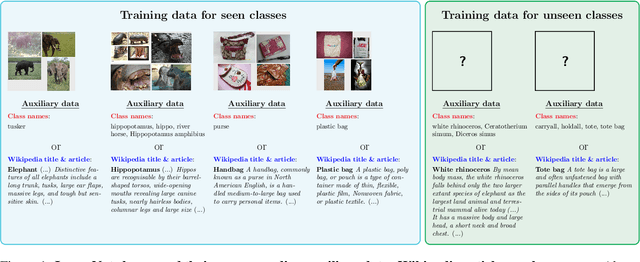

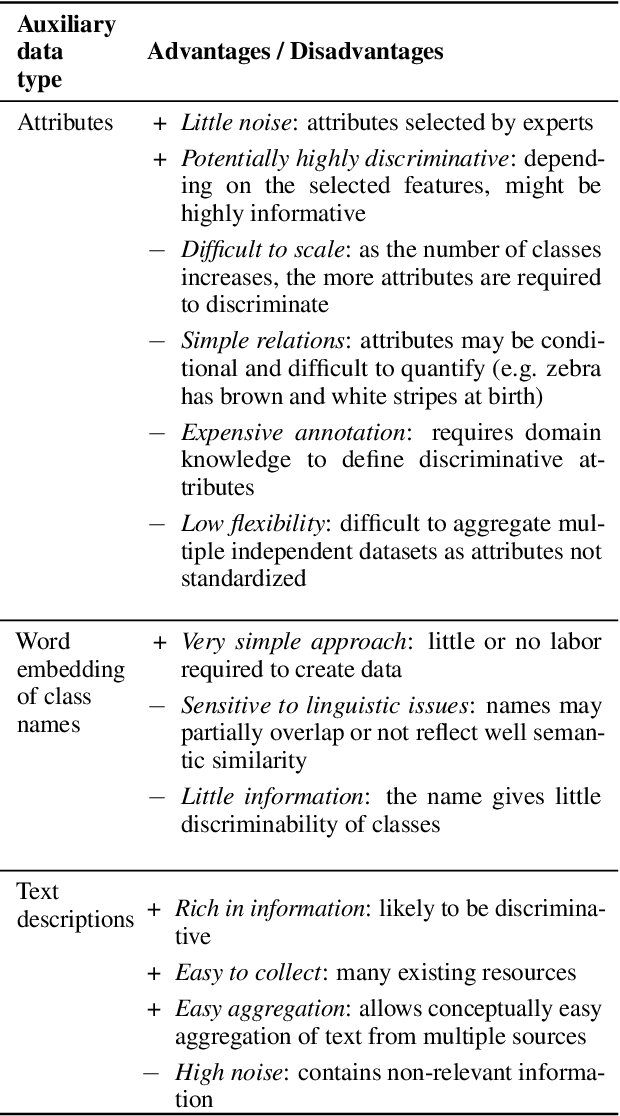
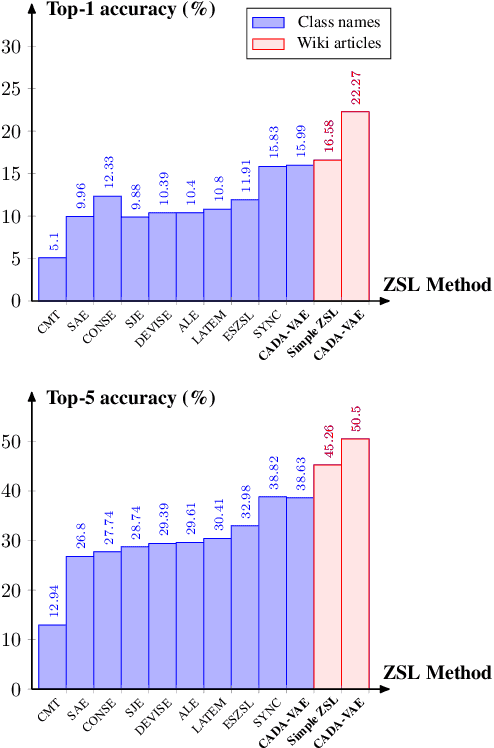
Abstract:We study the impact of using rich and diverse textual descriptions of classes for zero-shot learning (ZSL) on ImageNet. We create a new dataset ImageNet-Wiki that matches each ImageNet class to its corresponding Wikipedia article. We show that merely employing these Wikipedia articles as class descriptions yields much higher ZSL performance than prior works. Even a simple model using this type of auxiliary data outperforms state-of-the-art models that rely on standard features of word embedding encodings of class names. These results highlight the usefulness and importance of textual descriptions for ZSL, as well as the relative importance of auxiliary data type compared to algorithmic progress. Our experimental results also show that standard zero-shot learning approaches generalize poorly across categories of classes.
GANtruth - an unpaired image-to-image translation method for driving scenarios
Nov 26, 2018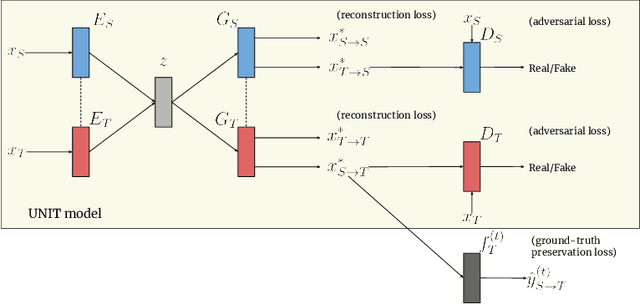
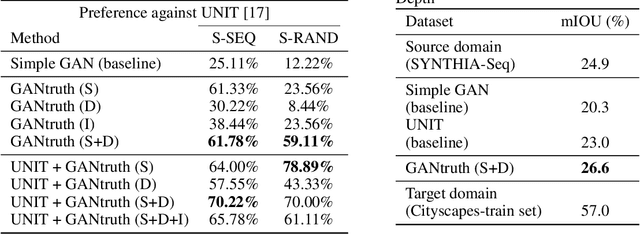
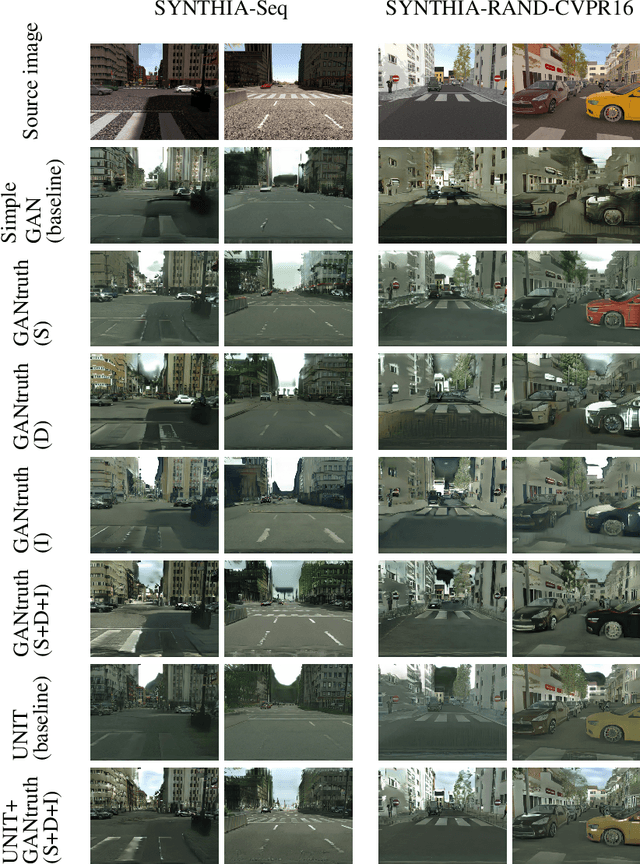
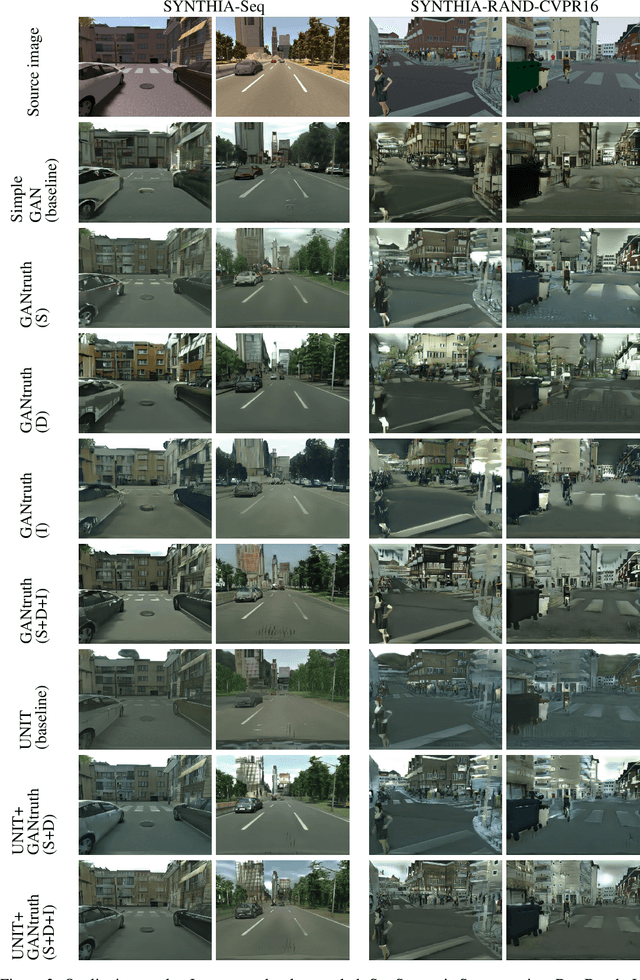
Abstract:Synthetic image translation has significant potentials in autonomous transportation systems. That is due to the expense of data collection and annotation as well as the unmanageable diversity of real-words situations. The main issue with unpaired image-to-image translation is the ill-posed nature of the problem. In this work, we propose a novel method for constraining the output space of unpaired image-to-image translation. We make the assumption that the environment of the source domain is known (e.g. synthetically generated), and we propose to explicitly enforce preservation of the ground-truth labels on the translated images. We experiment on preserving ground-truth information such as semantic segmentation, disparity, and instance segmentation. We show significant evidence that our method achieves improved performance over the state-of-the-art model of UNIT for translating images from SYNTHIA to Cityscapes. The generated images are perceived as more realistic in human surveys and outperforms UNIT when used in a domain adaptation scenario for semantic segmentation.
 Add to Chrome
Add to Chrome Add to Firefox
Add to Firefox Add to Edge
Add to Edge